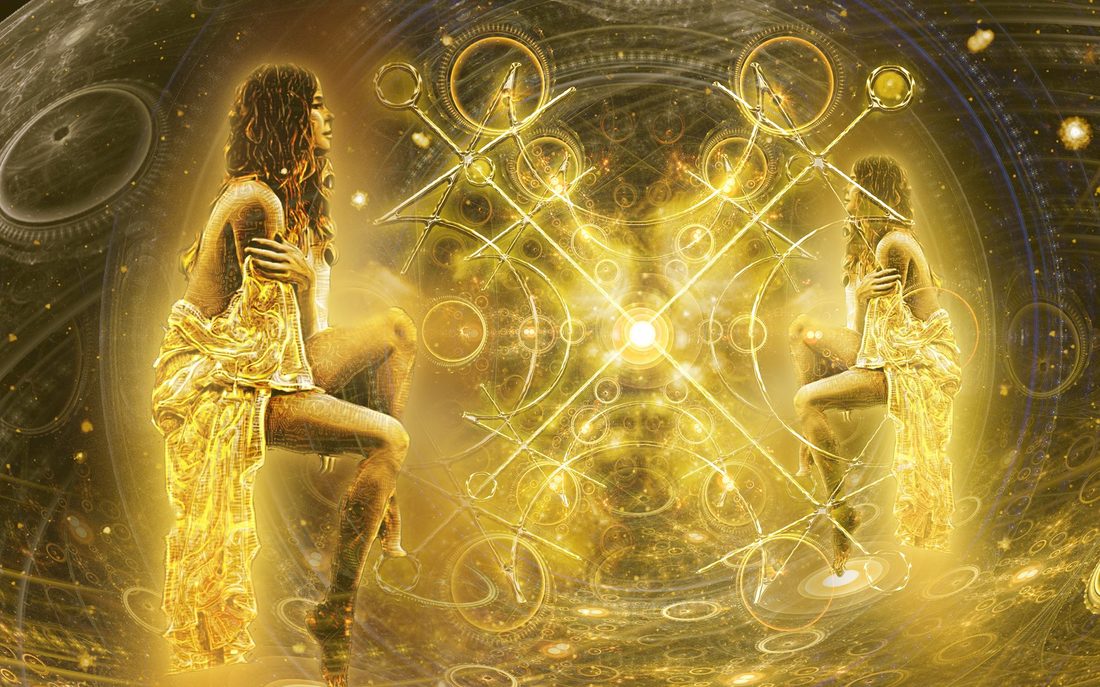
Equinoxes (which sounds like the word equal) mark the day in which all of Earth receives an equal amount of sunlight–12 hours. There are 2 equinoxes and 2 solstices per year – Spring Equinox, Autumn Equinox, Winter Solstice, and Summer Solstice.
#Helio words meaning sun for free
Note: All Khan Academy content is available for free at. Video credit: “ The Moon” by Khan Academy is licensed under CC BY-NC-SA 3.0.

Where are the Moon, Sun, and Earth in relation to each other for the different Moon phases?įor further explanation of the Moon’s phases, watch the following video. “ Moon Phases from Earth” by pmonaghan is licensed under CC-By-NC-ND 2.0 The image, below, shows the Moon’s phases.
#Helio words meaning sun full
After reaching a full moon, the Moon wanes or grows smaller for the second of the cycle. Full : All of the Moon’s face is visible from Earthįor the first half of this cycle, the visible part of the Moon waxes or grows larger.Gibbous : Between a quarter moon and a full moon.Quarter : From Earth, we can see half of the moon’s face which is a quarter of the entire moon.Crescent: Between a new moon and a quarter moon.New: The Moon’s face is not visible from Earth.

In 1822, the Church eventually accepted the theory of heliocentrism once there was enough scientific evidence to claim it as truth. For these reasons, the Church put Galileo on trial, convicted him of heresy, and sentenced him to house arrest for the remainder of his life. Galileo’s claims were scandalous in their eyes because heliocentrism directly conflicted with certain biblical passages. During this period, a case could still technically be made for geocentrism until technology advanced enough for scientists to discover more evidence supporting heliocentrism.Īdditionally, the Church had certain clergy who interpreted parts of the Bible very literally, as if it were a science textbook rather than a theological work. Despite these new discoveries, however, there was still significant pushback against heliocentrism, particularly from the Catholic Church.Īt the time, the Church defended its stance on geocentrism because it believed Galileo’s discoveries left too many questions unanswered and did not explicitly prove heliocentrism. Additionally, Galileo made a variety of discoveries about our solar system that disproved the geocentric model of the universe. A generation later, the Sun-centered theory became more commonly accepted when Galileo invented the telescope in 1609, making it easier to observe space. Throughout Copernicus’ lifetime, the scientific community widely denied the theory of heliocentrism. During the Renaissance in the 1500s, Copernicus popularized the concept of heliocentrism–the theory that the Sun is at the center of the universe and Earth orbits the Sun. In early times, humans believed in geocentrism–the theory that Earth is at the center of the solar system, and the Sun and other planets revolve around it. Send us feedback about these examples.11 Sun, Earth, and the Moon Formative Assessment: Sun, Earth and the Moon These examples are programmatically compiled from various online sources to illustrate current usage of the word 'heliosphere.' Any opinions expressed in the examples do not represent those of Merriam-Webster or its editors.

2019 How big is the heliosphere? - Jamie Carter, Forbes, 18 June 2021 See More 2018 Astronomers expected there might be a difference between the magnetic field direction inside the heliosphere, where magnetic fields come from the sun, and outside of it, where magnetic fields come from exploding stars spewing their magnetic fields into surrounding material.

Amber Jorgenson, Discover Magazine, 8 Oct. Ashley Strickland, CNN, On October 5, NASA reported that their Voyager 2 spacecraft is nearing our heliosphere’s outer borders, and could soon enter interstellar space. 2013 Both are in interstellar space and the only spacecraft to operate beyond the heliosphere, the sun’s bubble of magnetic fields and particles that extends well beyond the orbit of Pluto. Lisa Raffensperger, Discover Magazine, 12 Sep. 2021 From that measurement scientists determined that the plasma was more than 40 times denser than what Voyager had encountered in the outer layer of the heliosphere - a density on par with that expected in interstellar space. 2023 The blowing of the solar wind creates an enormous magnetic bubble around the Sun, known as the heliosphere. 2023 In 2018, the spacecraft left the heliosphere, which is the outer layer of particles and magnetic field created by the sun, according to NASA. Recent Examples on the Web Where is Voyager 2? Voyager 2, which is nearly 46 years into its mission, is roughly 12.4 billion miles from Earth after leaving the heliosphere - the shield that protects the planets from interstellar radiation - five years ago, according to NASA.


 0 kommentar(er)
0 kommentar(er)
